EAT LIKE A LOCAL



















































Locals know all the best spots to wine and dine. Don’t you want to know too? Eat Like a Local is an annual dining guide chockfull of the best food around Polk County. Whether you’re looking for a pub with great grub, a crave-worthy cheeseburger, or a restaurant with culinary delights – we’ve got you covered. Welcome to our community, newcomers and visitors. Locals, check us out for your new favorite spot. Flip through our one-of-a-kind dining guide and Eat Like a Local!





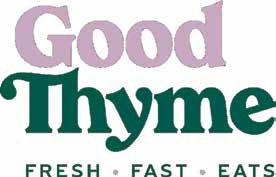
(863} 583-4004

WACOK I TCHEN.COM
3900 DON EMERS ON OR LAKELAND. FL 33811
LOCATE D ON THE SECOND LEVEL OF LAKELAND LINDER INTERNAT IONAL AIRPOR T {KLAL}




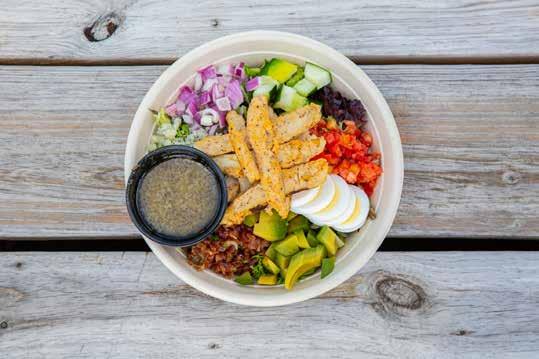

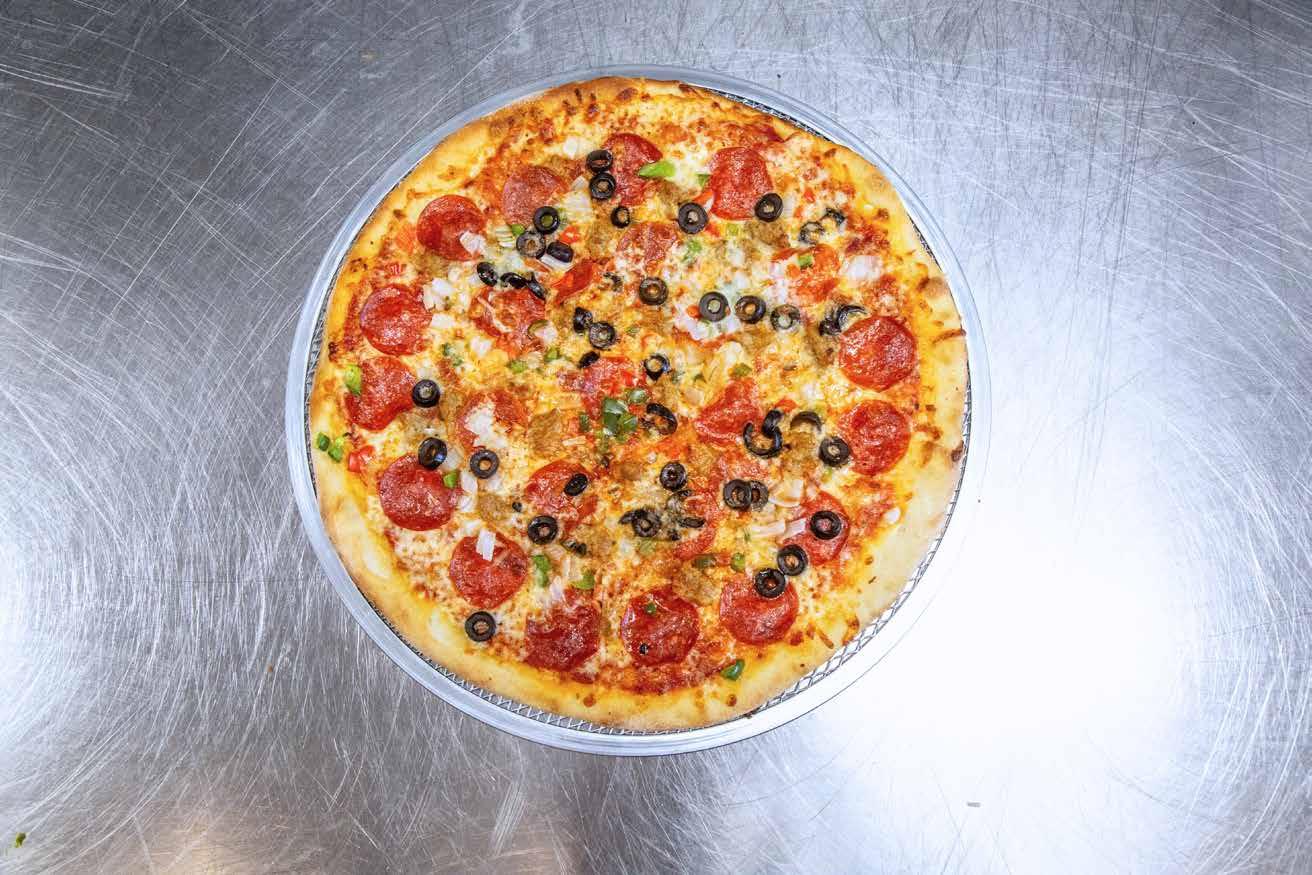
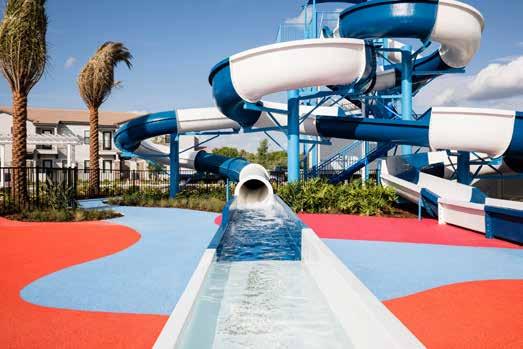
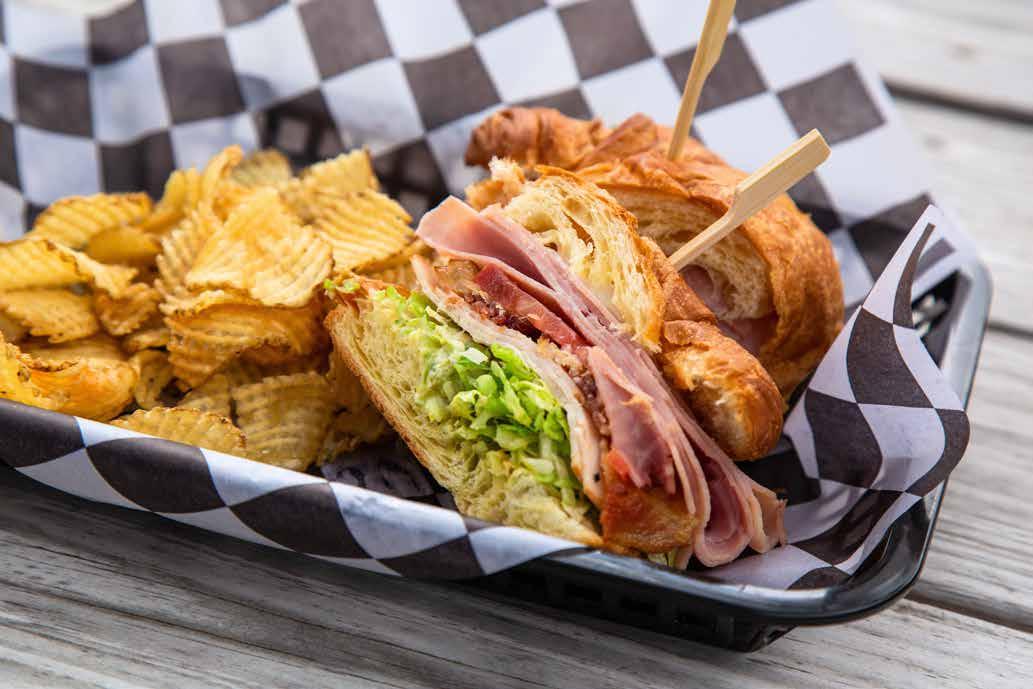





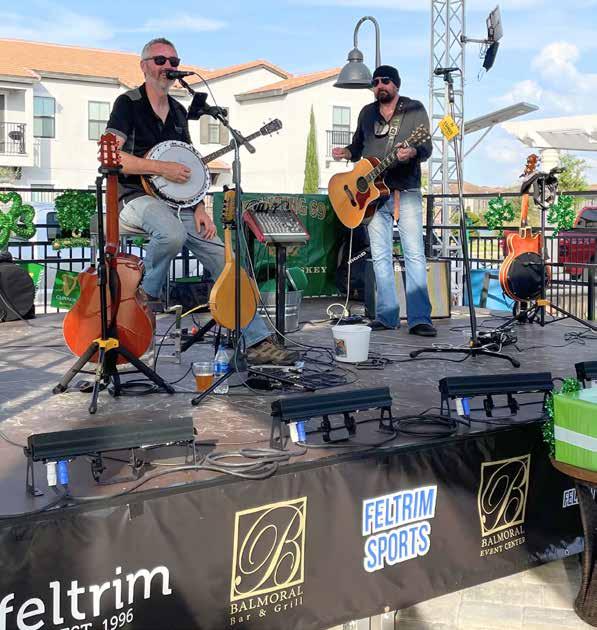




The following information includes excerpts from UF/ IFAS “Blueberry Gardener’s Guide” (https://edis.ifas. ufl.edu/publication/MG359) by J. G. Williamson, P. M. Lyrene, and J. W. Olmstead

Two types of blueberries grow well in Florida, rabbiteye (Vaccinium virgatum) and southern highbush (interspecific hybrids of V. darrowii, V. virgatum, and V. corymbosum). However, only the low-chill cultivars of each are adapted to Florida. Both rabbiteye and southern highbush thrive on acidic soils, which contain more organic matter than is usually found in Florida soils.
Blueberries require a soil pH of 4.0–5.5. At higher soil pH values, tissue levels of microelements such as iron and zinc become deficient. Deficiency symptoms develop on new growth, and plants lose vigor. Soil can
be acidified by thoroughly mixing a small amount of granulated sulfur into the soil several months before planting. The plants require a well-drained soil profile of at least 18 inches in depth. Blueberries should be planted on raised beds if water drainage is poor (within 18 inches of the soil surface for prolonged periods during the rainy season).

Set plants in a sunny area (at least 4–5 hours of full sun per day) away from the roots of trees except pines and at least 20 feet away from any building foundation. A mature rabbiteye blueberry plant can reach 12–15 feet in height with canes sprouting over an area of 8–10 feet in diameter. Southern highbush plants tend to be less vigorous and smaller than rabbiteyes. Plant size can be controlled to some degree by pruning. However,
CONTINUED ON PAGE 19








severe pruning will reduce yields the following spring. Allow at least a 7’ x 7’ area for rabbiteyes and a 4’ x 4’ area for southern highbush. Plants may be set 3 feet apart (southern highbush) or 5 feet apart (rabbiteye) for a hedgerow effect.
If blueberry plants are not pruned, they eventually become dense, twiggy, and nonproductive. Pruning mature blueberry plants is largely a matter of cane removal or cane thinning and reducing the height of the canopy. The objective of pruning mature bushes is to stimulate the proper balance between vegetative and reproductive growth.
Blueberries respond best to frequent, light fertilization. They can be killed or damaged by over-fertilization. It is best to be conservative and gradually increase fertilizer rates as you gain experience with your soil type and the kinds of fertilizer you are using.
The best time to plant blueberries is from midDecember to mid-February. Bare-root or containergrown plants can be used. It is best to use plants about 1.5 to 2 feet tall with well-developed root systems that are not pot-bound.
Proper site and cultivar selection are probably the two most critical decisions for the blueberry gardener. Plants located too close to hardwood trees produce few fruit, although blueberry plants and pine trees are surprisingly compatible. Rabbiteye requires crosspollination, and southern highbush benefits from cross-pollination. Cultivars of each type (rabbiteye with rabbiteye and southern highbush with southern highbush) should be mixed together, and natural bee populations should be encouraged for good pollination and fruit set. Growing several cultivars will also lengthen the harvest season. Major yield reductions occur from spring freezes and birds. Blueberry stem blight and Phytophthora root rot are major causes of plant mortality in Florida.




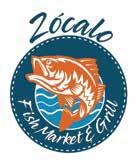


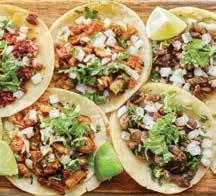







How better to eat like a local than to grow your own food locally? Whether you’re a gardening greenhorn or blessed with a green thumb, Master Gardener Volunteers and staff with the UF/IFAS Extension of Polk County have food-growing tips you’ll dig.
We spoke with the Residential Horticulture Extension Agent for the UF/IFAS Extension of Polk County, Anne Yasalonis, to guide us on our food-growing journey. Her job is to educate the residents of Polk County on research-based information related to horticulture, including gardening, landscaping, and water conservation. Yasalonis also manages and coordinates the Master Gardener Volunteer Program in Polk County. “Master Gardener Volunteers have been trained by the extension agent in their county using the University of Florida IFAS curriculum. They have intense training and then give back to the program

by volunteering,” she said. Polk County has about 90 volunteers who act as arms of the program.
The best part about growing most fall veggies is you don’t need acres of land to do so. Depending on what you’re looking to grow, you can use something as small as a coffee can. In fact, starting small is key, says Yasalonis. “It’s work, and you’ve got to maintain it and put money into it,” she said. It’s best to start with one plant like lettuce, see how you like that, and continue from there versus planting all the ingredients for your favorite salad at once (if this is your foray into farming, that is). “There’s quite a lot that you can plant in the fall in Central Florida,” said Yasalonis. “I like to grow things like lettuce, arugula. I like a lot of the greens. I feel like there’s always a use for collard, kale, or turnip greens.”
CONTINUED ON PAGE 31




Polk County residents should start their fall vegetable planting in late July. That involves getting them started by seed and ready for transplanting later. “The earlier you start, you can get started with seeds,” she said. In October, November, and December, you can plant and harvest things like beans, broccoli, collards, bunch onions, radishes, and more. “When you’re talking about starting a seed – you’ve got to start from the seed, allow it to grow bigger, and then you’ve got 100 more days to grow it. If you’re starting very late, you might not have the time for the seeds. It’s very dependent on the vegetable or fruit that you’re growing.”
This is where transplanting comes in handy. Yasalonis referenced the Florida Vegetable Gardening Guide. “It gives information about when to plant, spacing, and if you can transplant them. Some plants like to be directly sown by seed in the ground and not moved, and some are easily transplantable.” The main thing you need is at least six hours of direct sunlight for almost all vegetables, whether in a container, raised bed, hydroponics, or in the ground. If using a container, drainage holes are a must, as well as a well-drained potting mix. Also, be sure you have enough space for whatever you are growing.
If you find yourself in a plantmergency, have no fear!
UF/IFAS Extension Polk County maintains a plant clinic. You can call the plant clinic to troubleshoot problems and ask questions.

Happy planting!
Plant Clinic
(863) 519-1057
sfyl.ifas.ufl.edu/polk

















Reproductions of the citrus labels can be found at many sites around the county. “Each carefully selected citrus label displayed represents the history of the land, the building, the family, or the historic site in relation to the industry,” notes Visit Central Florida.
The retro, fun, and sometimes campy labels used to distinguish citrus brands when selling to markets depicted Florida’s rich heritage with artwork of flora and fauna, historical sites, military, and animals.
Popular during the early 1900s, these labels abounded until the end of World War II. The close of the war brought on severe shortages of wood and metal,

which led to a shift to shipping citrus in cardboard boxes with pre-printed labels
This once billion-dollar industry has roots sprawling back to the 1500s when Spanish explorers introduced citrus to the state. These symbols of a bygone era and Florida’s heritage were helpful in marketing to potential buyers and visitors to Florida.

Slice out some time to pick up a map, available at the Polk County History Center in Bartow. Included on the driving tour map is a brief history of each label, its design, utility, and artistry. The labels are displayed at various sites along the tour trail. Those interested in securing citrus labels for display should contact the History Center for details and an application.
CONTINUED ON PAGE 43






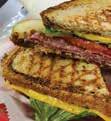





1. Auburndale Citrus Growers Association 214 Orange St., Auburndale

2. History Center 100 E. Main St., Bartow
3. Boswell & Dunlap 245 S. Central Ave., Bartow
14. MacKay Gardens and Lakeside Preserve 900 MacKay Blvd., Lake Alfred
15. Lake Alfred Historical Society 210 N. Seminole Ave., Lake Alfred
16. Lake Wales Public Library 290 Cypress Garden Lane, Lake Wales
5. Wilson Park 5 N. State St., Davenport
6. Merchant’s Square 124 W. Bay St., Davenport
17. Lake Wales History Museum 325 S. Scenic Highway, Lake Wales
18. Grape Hammock Fish Camp 1400 Grape Hammock Road, Lake Wales
19. Warner University Ed & Myrtle Lou Swindle Ag Complex 13895 U.S. Highway 27, Lake Wales
20. Tigertown Complex 2220 N. Lake Ave., Lakeland
21. Florida Southern College Corner of Frank Lloyd Wright Way & Johnson Avenue, Lakeland
22. Aerospace Discovery at the Florida Air Museum James C. Ray Drive and Tom Mack Drive, Lakeland
23. Central Park 4th St. NW and W. Central Ave., Winter Haven









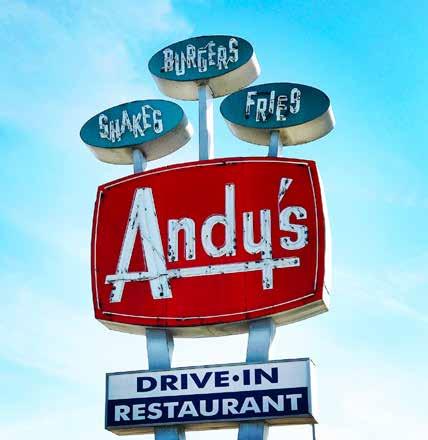







Fresh-made delights using local ingredients.

Cutting-edge recipes from world-class chefs.
 NINETEEN61 :: LAKELAND, FL
BORN AND BREAD :: LAKELAND, FL
NINETEEN61 :: LAKELAND, FL
BORN AND BREAD :: LAKELAND, FL
Satisfied foodies making the discovery of a lifetime.
LOCAL FLAVOR LIVES HERE.






What’s more “local” than enjoying a meal in your own backyard made with ingredients sourced from just up the road? Whether you were born and raised here or just visiting, we welcome hungry people from anywhere and everywhere to pull up a seat and find out just how delicious Central Florida truly is. Because at our table, everyone is a local! Learn more about the local food scene at VisitCentralFlorida.com.
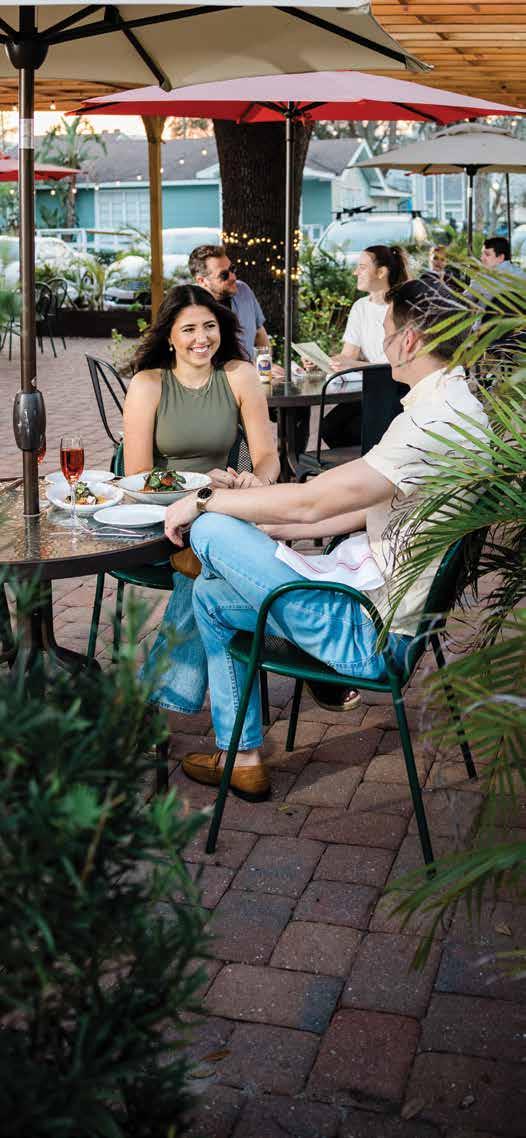 NUTWOOD :: WINTER HAVEN, FL
NUTWOOD :: WINTER HAVEN, FL
